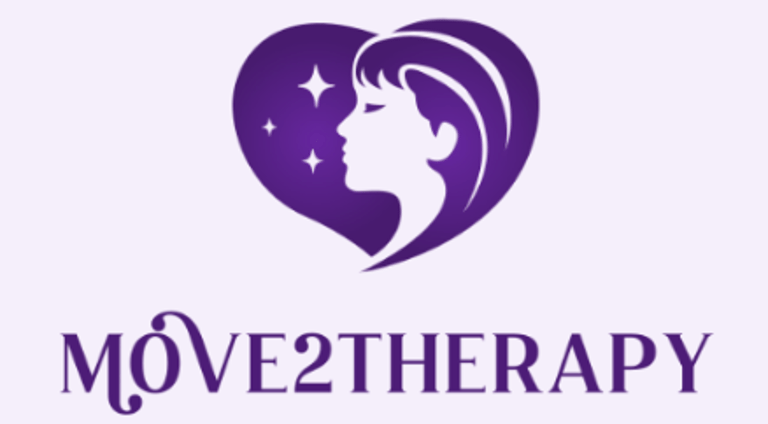The Science and the Journey
The Science Behind Movement and Emotion
Chloe Bull
10/7/20251 min read
The Science Behind Movement and Emotion
Research in neuroscience supports the foundation of DMP: movement influences mood, cognition, and interpersonal connection. Physical movement activates brain regions related to emotion regulation and empathy, while rhythmic motion can synchronize heart rates and foster a sense of safety and trust.
In essence, moving the body can move the mind—helping release tension, process trauma, and build new patterns of resilience.
A Journey Toward Embodied Healing
At its heart, Dance Movement Psychotherapy invites individuals to listen to their bodies and trust the wisdom they hold. Whether you’re moving gently, dancing freely, or simply breathing with awareness, each gesture becomes a step toward healing and self-discovery.
As renowned dance therapist Marian Chace once said, “Movement is the medicine that heals both body and soul.”
